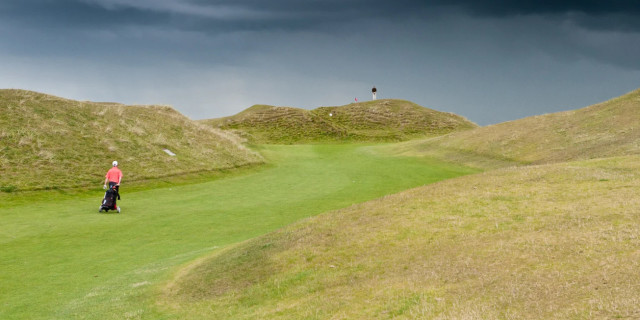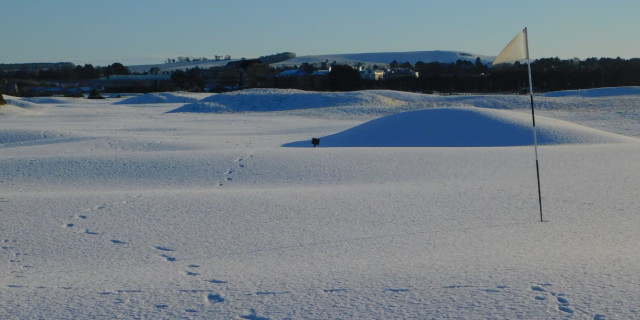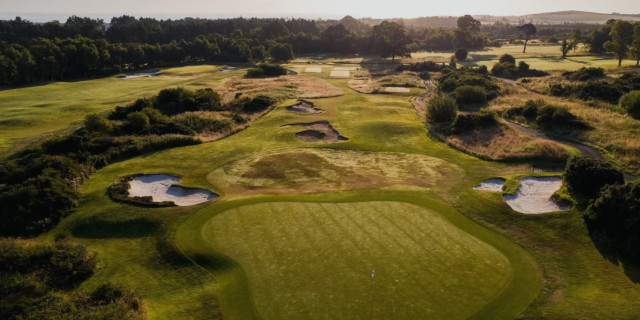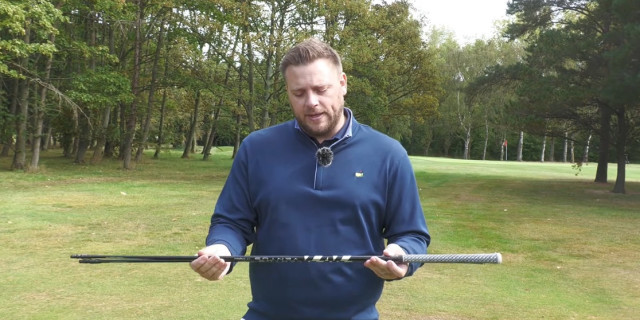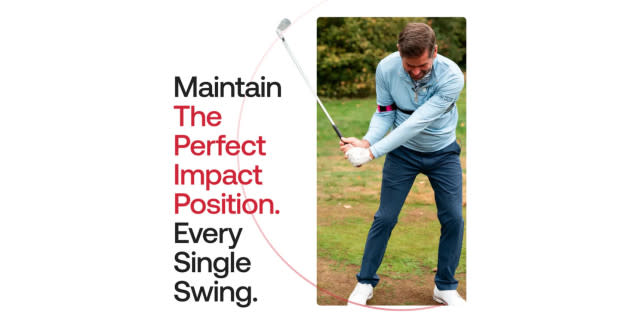
History of Baltusrol Golf Club
Post by Sports Writer Derek Clements
Baltusrol is a brute. Louis Keller launched the club in April 1895 when he sent a letter to everyone he knew, offering membership with dues of $10 per year. That corresponds roughly to $240 in today’s money. Keller hired an Englishman named George Hunter to design a nine-hole golf course on his farm and renovated his farmhouse to serve as a clubhouse.
Those who joined after December 1895 had to pay an additional $20. By October, the golf course, clubhouse and potential membership list had all advanced to the point where Keller could begin operations, and it opened for business on October 17, 1895.
By the beginning of 1898 the course had been lengthened to 18 holes. George Low, a golf course architect of the time, made continuous improvements for more than 20 years until construction of the present courses began. By 1905, Baltusrol was regarded as one of the leading golf clubs in America
In 2000, the US Amateur Championship marked the 15th national championship played at Baltusrol. In all, seven US Opens have been played there, plus four US Amateur Championships, two US Women's Opens, two US Women's Amateur Championships and the 2005 US PGA Championship, won by Phil Mickelson.
https://www.youtube.com/watch?v=2vULNHHjPRs
The Lower Course, which hosts the 2016 US PGA Championship, measures 7,462 yards and is a par 70. It is a classic case of a course of two halves – the front nine measures 3,550 yards, while the back nine is a whopping 3,912 yards. The shortest par four on the back nine measures 430 yards. The course contains two par fours that exceed 500 yards, and its four par threes measure 195 yards (protected by a huge pond), 211 yards, 220 yards and 230 yards, so no gimmes.
The decisive holes are likely to be the 15th, 16th, 17th and 18th, among the toughest finishing stretch anywhere.
The 15th is a 459-yard par four. It is a relatively straightforward hole which is framed by fairway bunkers and a green guarded by more sand. The green is large but has a false front – prepare to see perfectly-struck golf shots appear to finish close to the hole before trickling off the putting surface.
The 16th is a 230-yard par three. A downhill tee shot is played to a green that is surrounded by bunkers which will catch many tee-shots.
https://www.youtube.com/watch?v=Vhzn-fCwrag
The 17th is a par five that measures 650 yards – even Dustin Johnson may struggle to get home here in two blows, but don't bet on it. A long drive is needed to allow players to carry the cross bunkers on their second shot. Anyone laying too far back will face an uphill, blind third shot to the green.
The 18th is another par five, this one measuring “only” 553 yards. Water to the left and bunkers to the right must be avoided – if they are safely negotiated, most of the field can reach in two. In the 2005 US PGA Championship, Phil Mickelson came up just short of the green but got up and down for a birdie to beat Thomas Bjorn and Steve Elkington by a shot.

Be part of the action with a selection of unique golf tournament experiences, from playing in a pro-am with the stars to watching the action at golf’s most illustrious events. Whether it’s the Masters or The Open, The Ryder Cup or WM Phoenix Open, build your own bespoke package with the experts at Golfbreaks.com.
Tags: us pga

